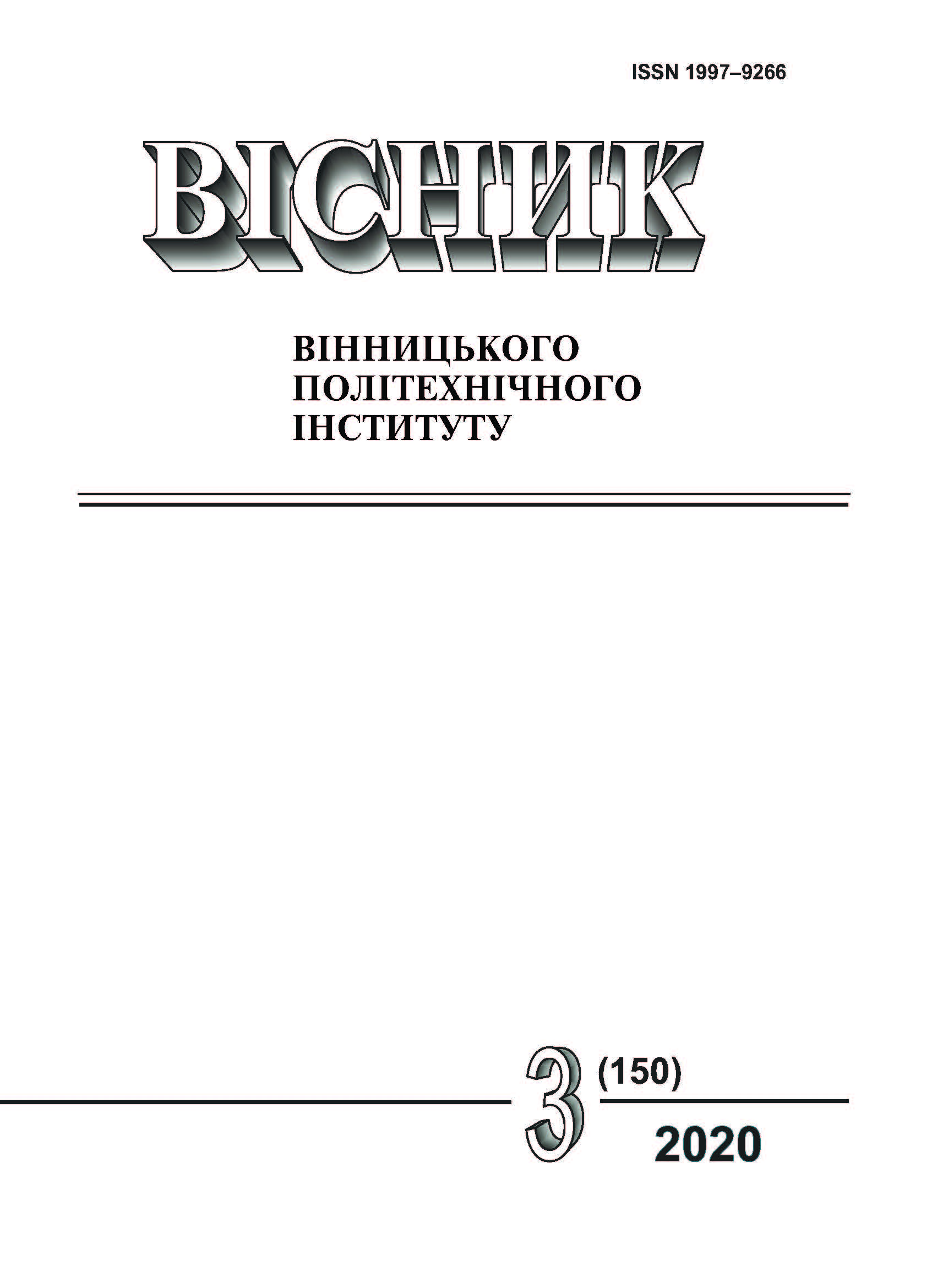Investigation of the Structure Composite Insulation Cold Foamed Materials
DOI:
https://doi.org/10.31649/1997-9266-2020-150-3-65-72Keywords:
structure of insulating materials, liquid glass, gas-forming agents, surface-active substance, active additive, fillersAbstract
In the work the regularities of influence of components of liquid-glass composition on the formation of porous structure of composite thermal insulating materials, which include granulated blown liquid glass and binder, which is foamed with the help of gas-forming agent at ambient temperature, are investigated. The obligatory components of the binder are, apart from liquid glass, gas-forming agents, a surface-active substance and an active additive. As active additives in the production of these materials were used binder fillers alabaster and cement, which bind an excessive amount of water contained in the liquid glass in its crystal lattice and allow to increase the strength of insulation materials. Hydrogen peroxide and aluminium powder were used as gas-forming agents, which are easily dispersible in liquid glass. The formation of resistant foams is facilitated not only by the introduction of surfactants, but also by the use of polymer additives, which increase the viscosity of the system and mechanical strength of the foam, therefore OP-10 and polyvinyl acetate dispersion, which have good compatibility with liquid glass, were chosen as foam stabilizers.
The structure of insulating materials was studied by means of electronic microscopy. As a result of the study, depending on the type and quantity of binder components, the following parameters of the structure of foamed materials were determined: transverse pore diameter, pore shape coefficient, the degree of inhomogeneity of the material structure, as well as its total porosity and volume content of closed pores. The conducted researches allowed to determine the optimal binder formulation for the production of these materials, which meets the main requirement — the occurrence of active centers should occur at the moment when gas dispersion in the matrix (liquid—glass composition) reaches the limit (saturation), thus achieving a homogeneous fine-pore material structure. The formation of uniform porous structure of thermal insulation materials provides low rates of their thermal conductivity and high strength, which allows their effective use for thermal insulation of various structures.
References
М. Ю. Иванов, «Энергоэффективные утеплители в строительстве,» Труды Братского государственного университета, серия: Естественные и инженерные науки, т. 3, с. 161-166, 2012.
Т. Н. Радина, и М. Ю. Иванов, «Использование техногенных промышленных отходов для производства эффективных строительных материалов как способ охраны окружающей среды,» Вестник Белгородского государственного технологического университета им. В. Г. Шухова, № 8, с. 261-262, 2004.
Л. П. Зарубина, Теплоизоляция зданий и сооружений, 2-е изд. СПб., Россия: БХВ-Петербург, 2012, 416 с.
Н. И. Малявский, «Щелочно-силикатный утеплитель. Свойства и химические основы производства,» Российский химический журнал, т. 4, с. 39-45, 2003.
СТБ 1338, Пенопласты жесткие полиуретановые и полиизоциануратные, 2002.
Н. Г. Шплет, Требования к пенопластам, применяемым в качестве термоизоляции строительных конструкций. Л.: Полимерные материалы в гражданском строительстве на Крайнем Севере, 1983, С. 89-92.
Downloads
-
PDF (Українська)
Downloads: 203
Published
How to Cite
Issue
Section
License
Authors who publish with this journal agree to the following terms:
- Authors retain copyright and grant the journal right of first publication.
- Authors are able to enter into separate, additional contractual arrangements for the non-exclusive distribution of the journal's published version of the work (e.g., post it to an institutional repository or publish it in a book), with an acknowledgment of its initial publication in this journal.
- Authors are permitted and encouraged to post their work online (e.g., in institutional repositories or on their website) prior to and during the submission process, as it can lead to productive exchanges, as well as earlier and greater citation of published work (See The Effect of Open Access).





